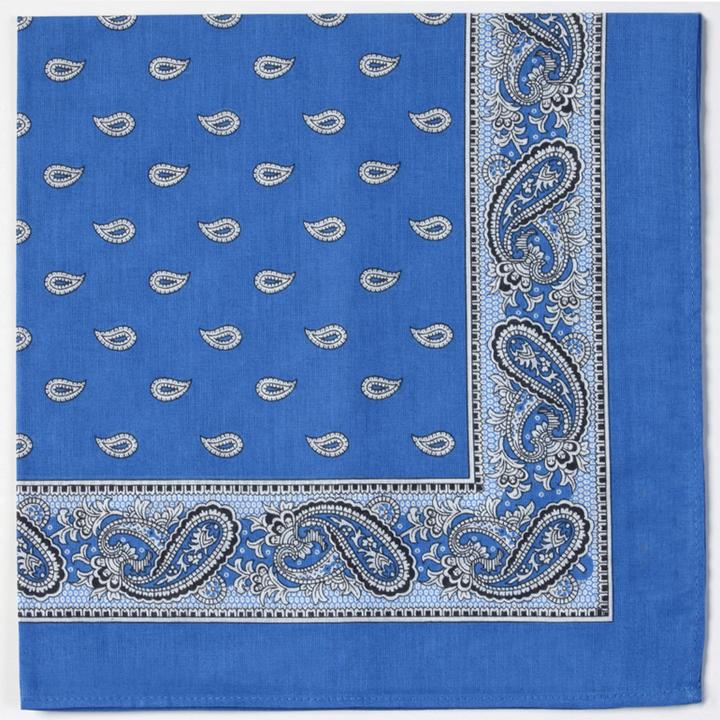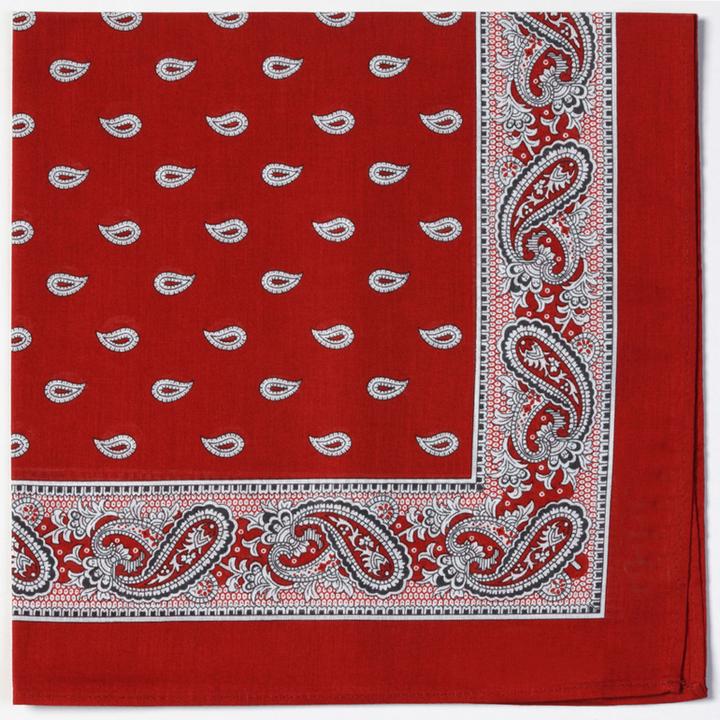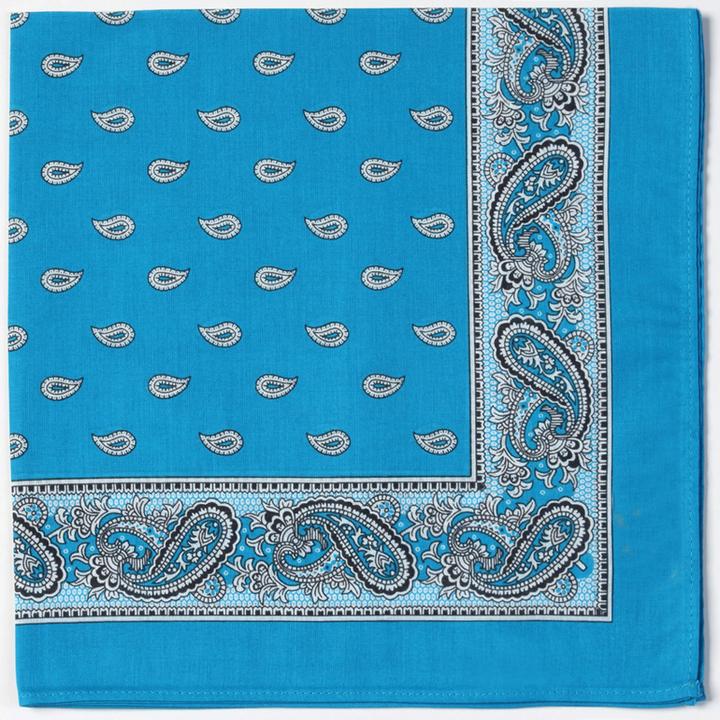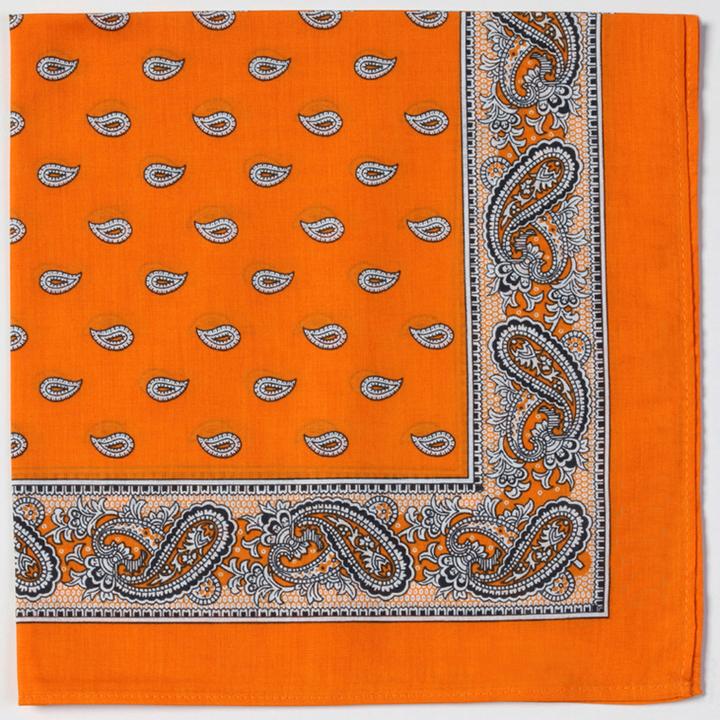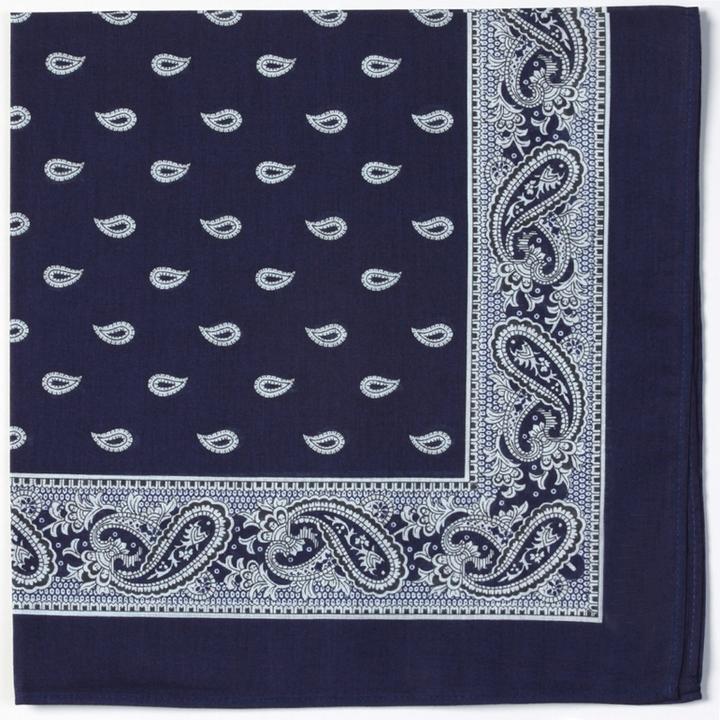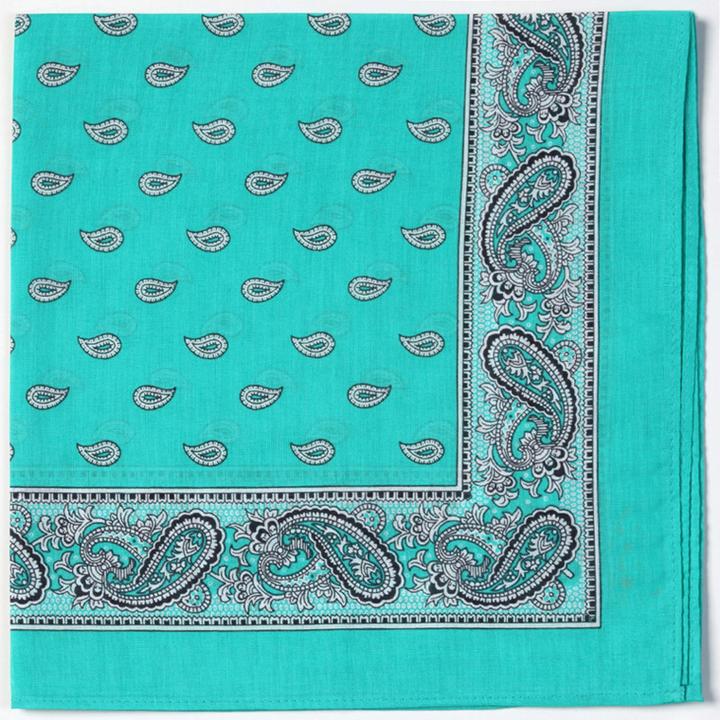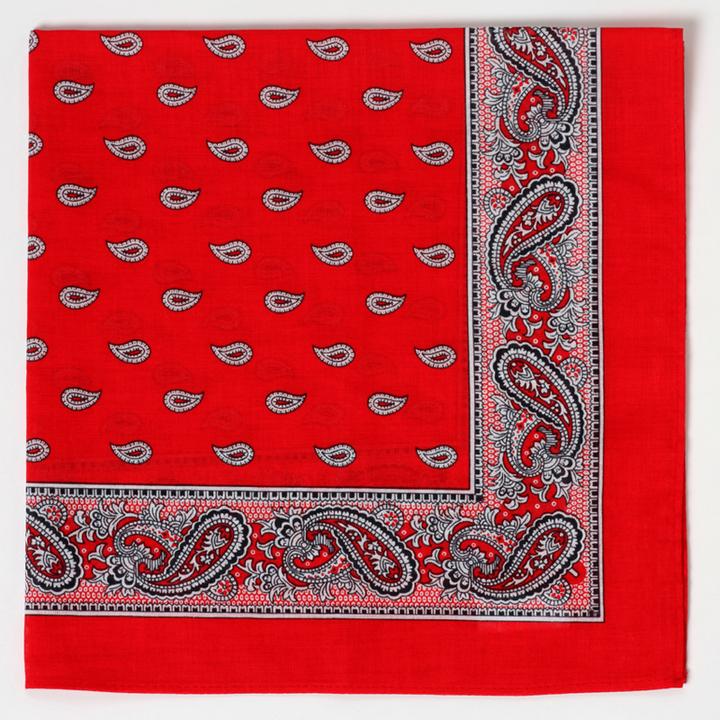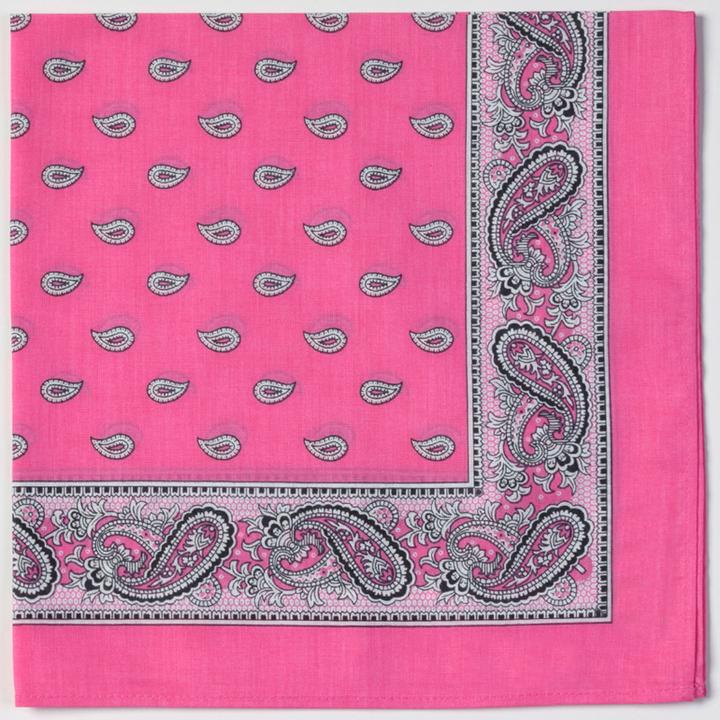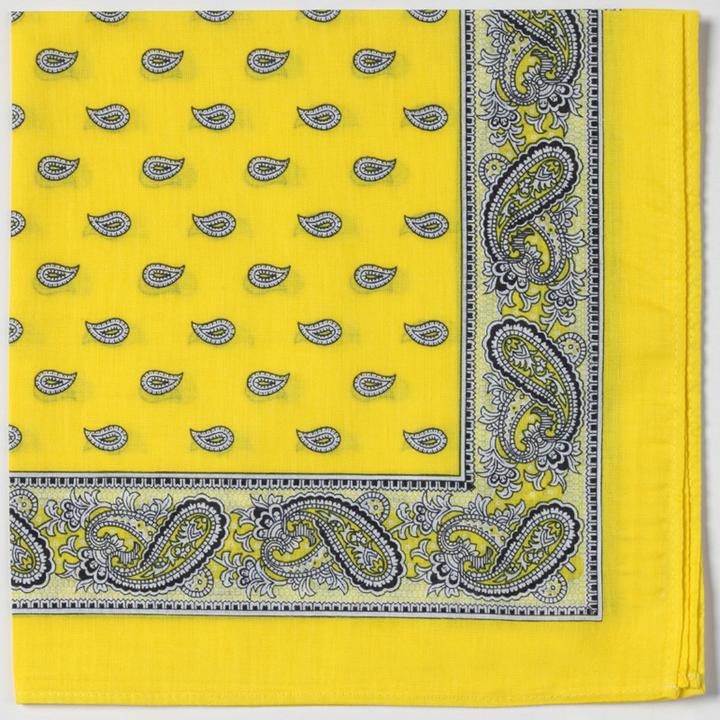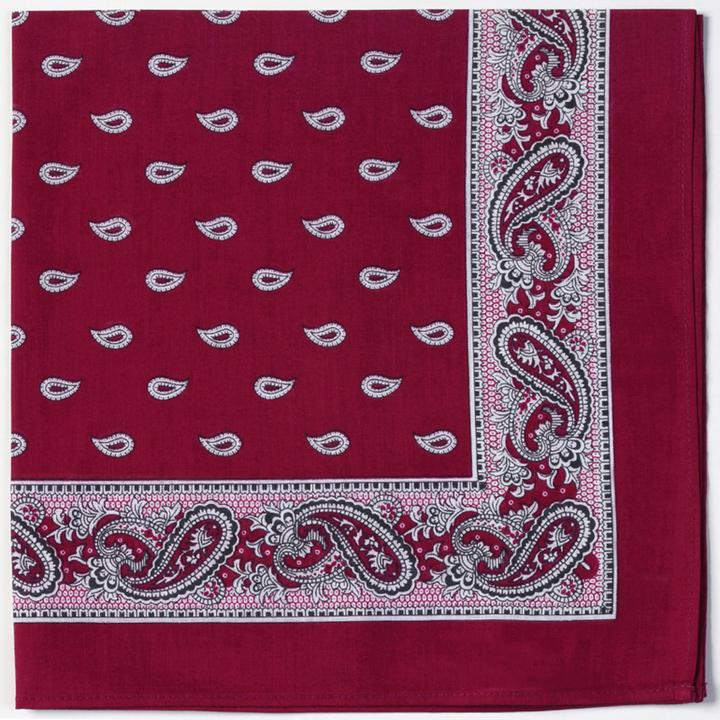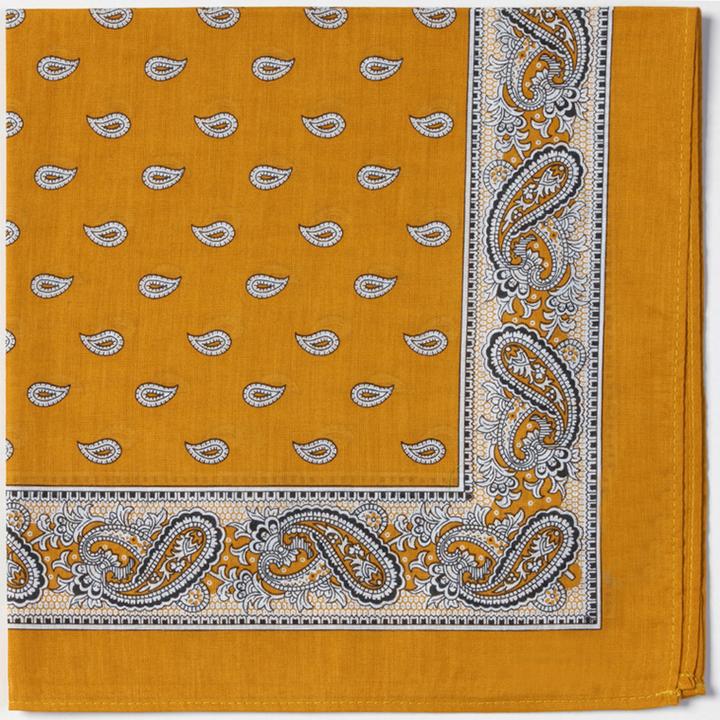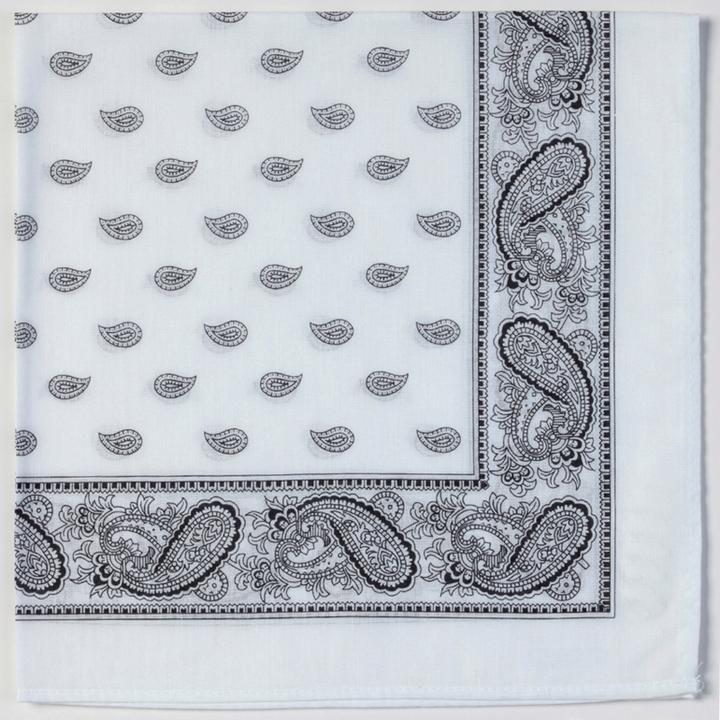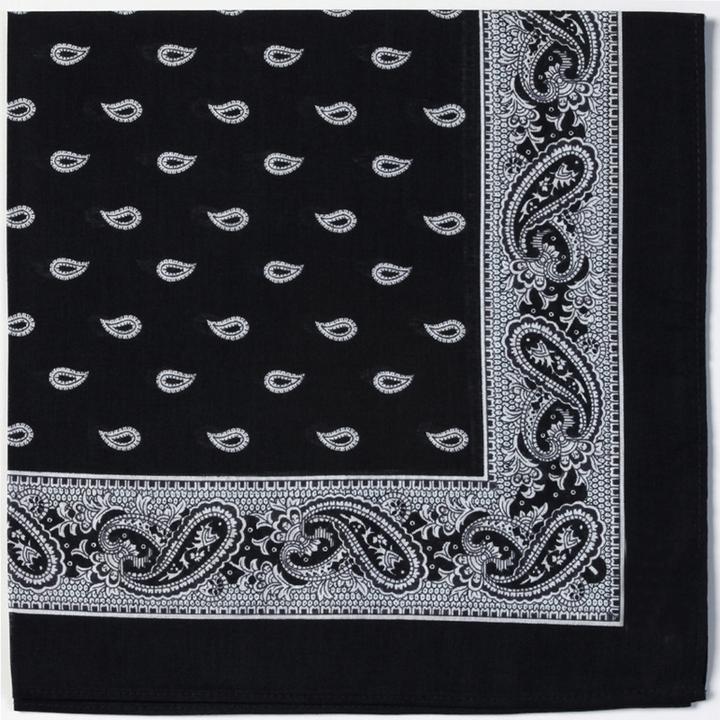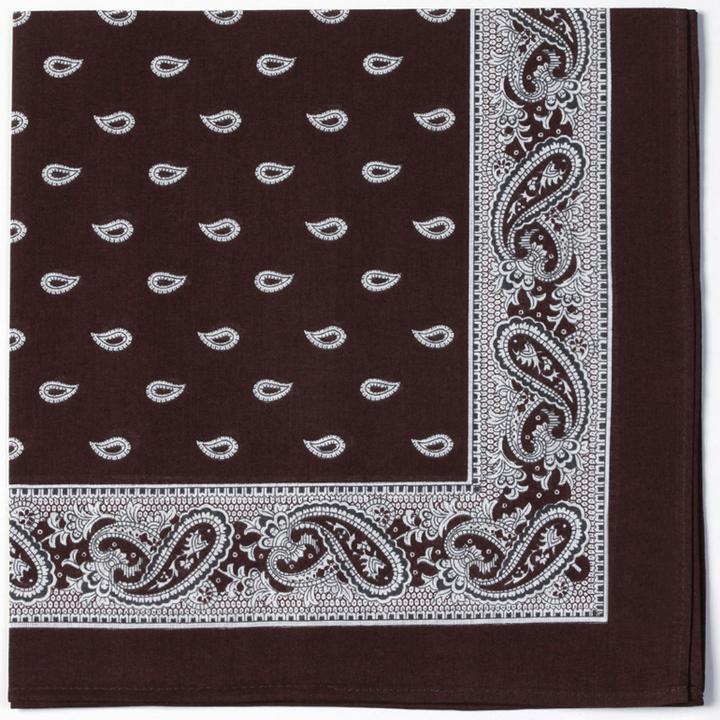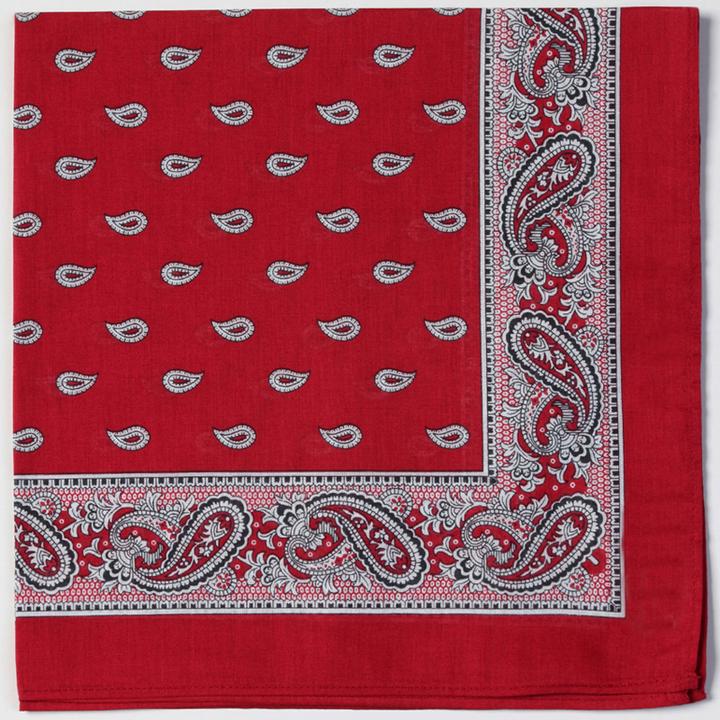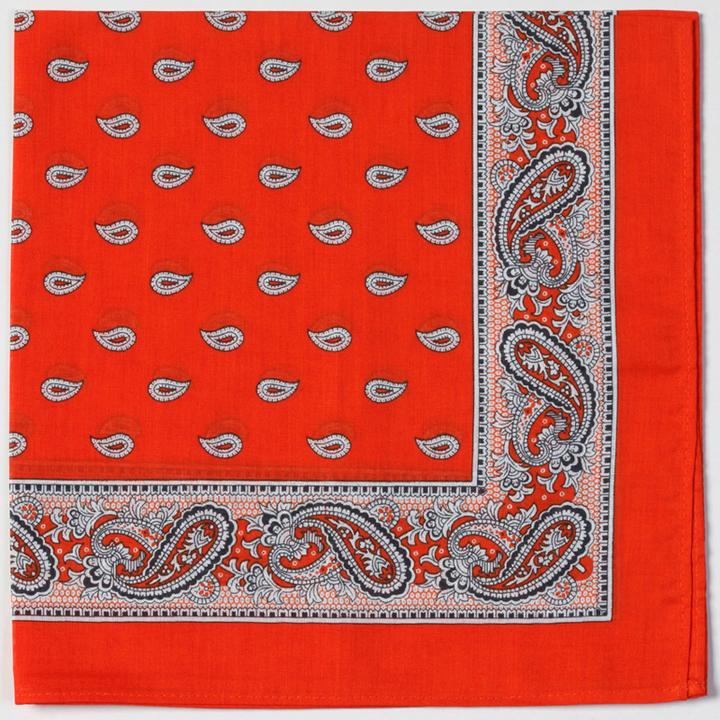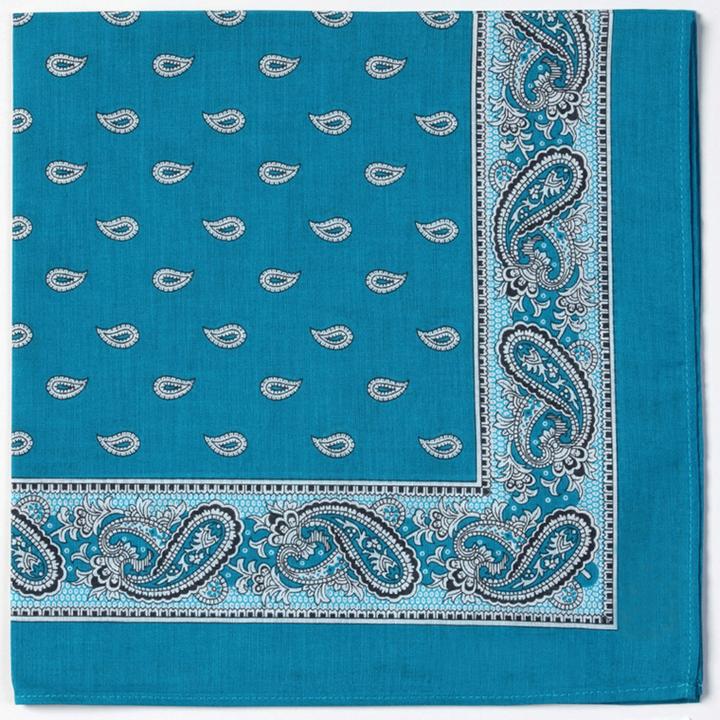Jenni Hemden Glarnertüechli
More than 10 pieces in stock at third-party supplier
Colour22
Product details
ORIGINAL GLARNERTÜECHLI
mercerized, 100% cotton, 60°C wachable
Swiss Made
In the 17th century, sailors brought colorfully printed fabrics from India to Europe. These cotton prints, called "Indiennes", caused a great sensation due to their lively patterns and their colorfulness, and found a ready market as dress fabrics, upholstery and wall coverings.
After 1678, manufactories were set up in Holland, England and Germany to print cotton fabrics in the Indian manner. Huguenots who had fled from France played an important role in setting up these factories. In the Swiss Confederation, they founded the first cloth printing works, in Geneva in 1691 and in Neuchâtel in 1715. Soon, further print shops were established in Aargau, Bern, Basel and Zurich. In 1740 in Glarus and in 1765 in Islikon. After 1750, textile printing flourished in France, and in the 19th century, England, the canton of Glarus and the Mühlhausen region became the most important centers of textile printing in Europe.
Time-consuming hand printing with wooden models remained predominant until well into the 19th century. However, from 1780 onwards, inventive minds endeavored with increasing success to mechanize the printing process in order to increase production. The triumph of chemical dyes after 1860 had an equally significant effect. At the same time, machine textile printing took off in many countries and gradually completely replaced the old hand printing with models.
The unique boom of the Glarus textile industry began after 1815. Numerous larger and smaller fabric printing works started operations in the Glarus Lower and Middle regions. After 1822, more than 20 spinning and weaving mills settled along the Linth and its tributaries.
Glarus trading companies and the manufacturers themselves ensured the worldwide distribution of the fabric prints. They were constantly opening up new sales territories.
Exact colour description | Blue |
Clothing type | Cloth + Foulard |
Material composition | Cotton |
Target group | Men, Women |
Pattern | Unicoloured |
Item number | 21238858 |
Manufacturer | Jenni Hemden |
Category | Scarfs |
Release date | 21.6.2022 |
Sales rank in Category Scarfs | 441 of 5300 |
Colour | Blue |
Exact colour description | Blue |
Material composition | Cotton |
Upper | Cotton |
Target group | Men, Women |
Age group | Adults |
Clothing type | Cloth + Foulard |
Pattern | Unicoloured |
CO₂-Emission | |
Climate contribution |
Compare products
Goes with
Reviews & Ratings
Warranty score
How often does a product of this brand in the «Scarfs» category have a defect within the first 24 months?
Source: Digitec Galaxus- 1.Cash-Mere0 %
- 1.Cinereplicas0 %
- 1.Jenni Hemden0 %
- 1.Mondo Motors0 %
- 1.Sterntaler0 %
Warranty case duration
How many working days on average does it take to process a warranty claim from when it arrives at the service centre until it’s back with the customer?
Source: Digitec Galaxus- Jenni HemdenNot enough data
- BartsNot enough data
- BeechfieldNot enough data
- BranditNot enough data
- BuffNot enough data
Unfortunately, we don't have enough data for this category yet.
Return rate
How often is a product of this brand in the «Scarfs» category returned?
Source: Digitec Galaxus- 8.Sterntaler3.3 %
- 8.Urban Classics3.3 %
- 10.Jenni Hemden4.2 %
- 11.Cash-Mere6.5 %
- 12.Pieces8.4 %
